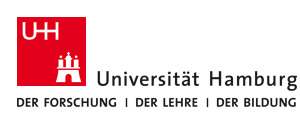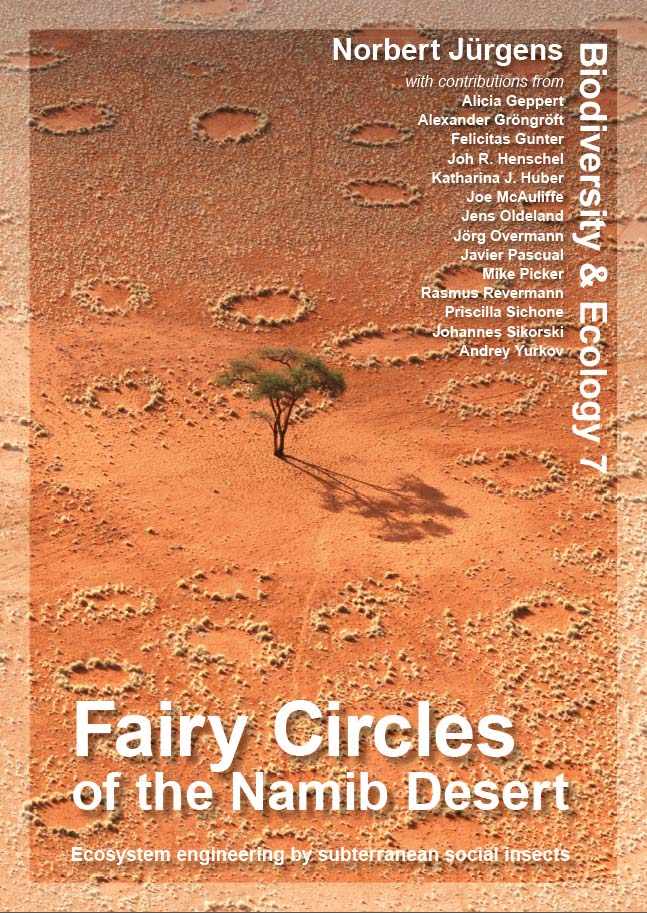
|

Department of Biology Institute of Plant Science and Microbiology |
| Division BEE > Biodiversity & Ecology > Vol.7 > Article 7 |
Biodiversity & Ecology
Journal of the Division Biodiversity, Evolution and Ecology of Plants , Institute for Plant Science and Microbiology, University of Hamburg.
7 Biogeography Book chapter 7 Biogeography and ecology of Namib Fairy Circles: important environmental variables and processes Abstract: In Chapter 7 we report on the biogeography of Namib Fairy Circles and their relationship to the environment. In terms of climate, we observe a wide niche with regard to the mean annual temperature and the seasonality of rainfall, however the mean annual rainfall is limited to a range of 50 to 200 mm. The soils consist of sand or loamy sand and show similar chemical properties, but the Baba Fairy Circles have high salt contents. Only during a few years per decade are the rain events strong enough to moisten the subsoil, but these events have a long-lasting eff ect on the subsoil moisture. In relation to the amount of water stored within the subsoil of a bare patch, the relative amount of horizontal water losses from the bare patch to the matrix through capillary forces decreases with increasing diameter of the bare patch. Fairy circles show a high diversity of patterns as elements in landscapes.
Suggested citation: |
